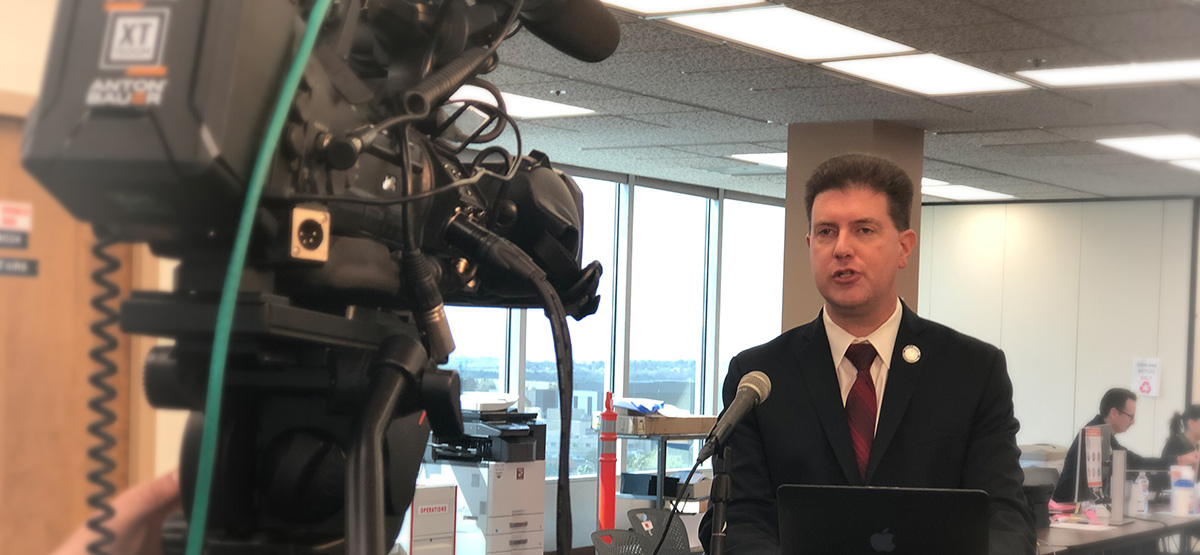Public Health Officials Report Increase in Valley Fever Cases in Riverside County
Wednesday, August 27, 2025
RIVERSIDE, CA (Aug. 27, 2025) – Riverside University Health System — Public Health (RUHS-PH) officials are alerting the public to an increase in Valley fever cases in Riverside County.
Valley fever, or coccidioidomycosis, is a lung infection caused by inhaling fungal spores found in soil and dust, particularly in dry, windy conditions. The spores can be carried in the air when soil is disturbed, putting outdoor workers, construction crews, farmworkers, wildland firefighters, and people spending time in dusty environments at risk.
Riverside County confirmed 465 cases in 2024. So far this year, 322 cases have been reported– a 58% rise from the same time period last year that mirrors increases across the state related to changes in climate. RUHS – PH conducted interviews of 309 people with Valley fever; of those 59% had a co-existing condition such as diabetes and 36% worked outdoors.
"It is important to know about the risk of Valley fever if you work or spend time in dusty environments and have respiratory symptoms that are not getting better after seven to 10 days. Symptoms can look very similar to the flu and other respiratory illnesses," said Riverside County Public Health Officer Dr. Jennifer Chevinsky.
Valley fever symptoms may appear one to three weeks after exposure and include fever, cough, chest pain, fatigue and shortness of breath. The illness often resolves on its own, though for some people it can progress to severe, chronic symptoms requiring treatment. Those at elevated risk for severe disease include adults over 60 and those with chronic health conditions or health conditions that weaken the immune system.
Anyone who works or spends time in dusty areas and is experiencing persistent respiratory symptoms is encouraged to consult a healthcare provider if they are concerned about Valley fever.
Dr. Chevinsky advises the following precautions to reduce the risk of contracting Valley fever:
- Stay indoors, close windows and doors, and use air filtration during dust storms or windy conditions.
- Set auto air conditioning on "recirculate" when driving through dusty areas.
- Avoid dusty areas, such as construction sites. Consider wearing a face covering if you must be outdoors in these areas.
- Avoid gardening or other activities involving contact with soil in windy and dusty conditions. Before digging, wet soil to prevent stirring particles into the air.
For more information, visit Centers for Disease Control and Prevention (CDC) – Valley fever, California Department of Public Health (CDPH), and Riverside University Health System – Public Health at www.ruhealth.org.
For questions or resources, call RUHS –PH Disease Control at 951.358.5107













